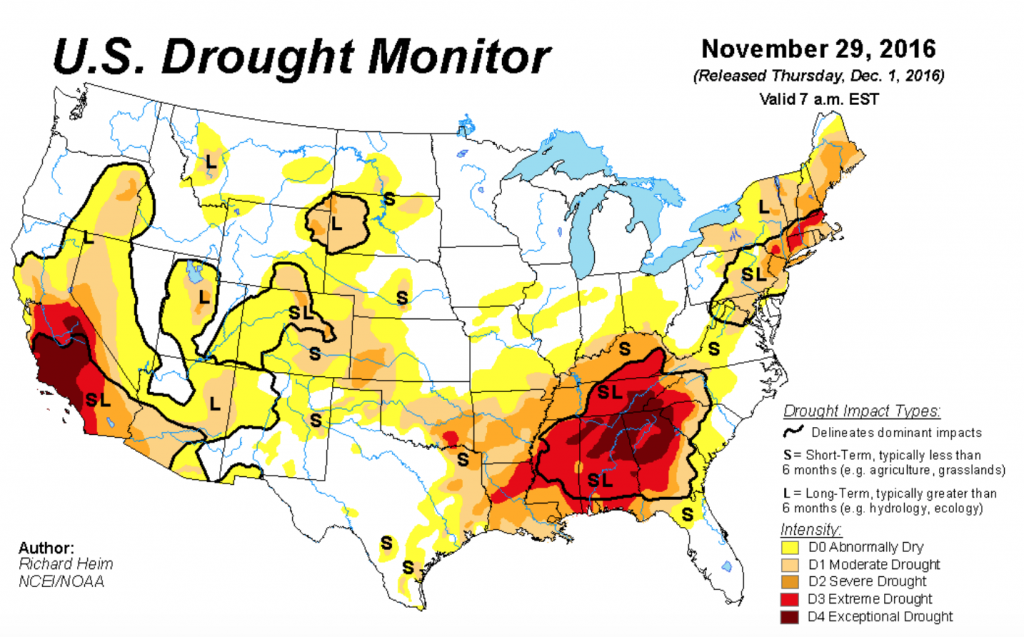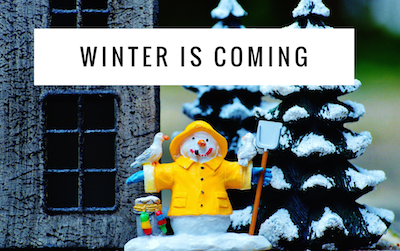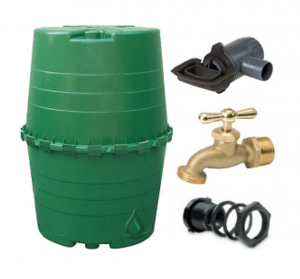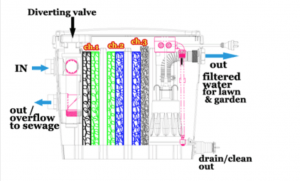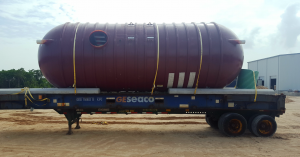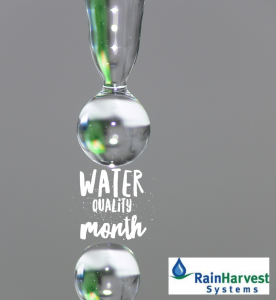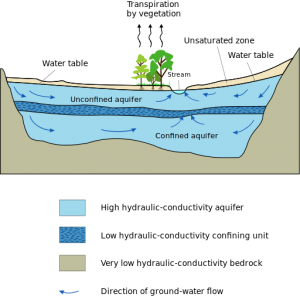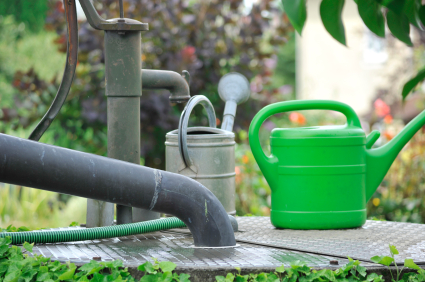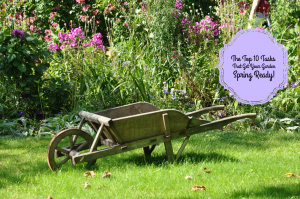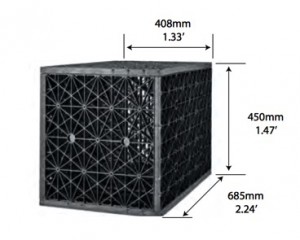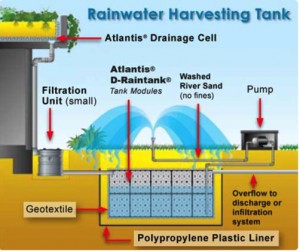While recent rains have brought welcome relief to the Southeastern United States, the water levels in streams, rivers, and lakes remains low and the deficit in rainfall numbers continues. You can monitor the drought at the National Drought Mitigation System’s website, but with stories such as this one from the Guardian about a possible mega-drought in the USA, it makes sense to keep track of these statistics and preserve water more than ever.
With the change of seasons, owners of rainwater harvesting systems should take steps to get their system ready for winter (read our tips here) and plan for what to do if the drought continues. Here are three things you can do to maintain your rain barrel or harvesting system during weeks of little rain.
–Bypass the first flush system to utilize every drop of water. This has become common practice in Texas, where residents have received less rainfall than the rest of the country. While this may allow more debris to get into the tank, it might also be of value to the system’s owner to bypass the first flush to ensure they can collect as much of the rainwater as possible.
–Check the rainwater harvesting system for leaks and replace filters. Now is the time to check the entire system for leaks, and to replace any filters. Doing so will ensure that when it does rain, there won’t be any loss of water throughout the system.
–Clean out debris. Leaves, sticks, grass, and any other debris may clog the flow of rainwater through the downspout filter and impede reception. This is especially true during a hard rain with winds. Be proactive and watch the weather; if it sounds like your area may receive a good bit of wind and therefore yard debris, clean out your system before the storm, then check and clean it again immediately after.
Thinking about installing a rainwater harvesting system, or do you need replacement parts? Now is the time to take advantage of our free ground shipping for all orders over $99.00. Visit our website or give us a call at 800-654-9283 to get started. We offer systems for all budgets, and design and installation help to make sure your system is up and working correctly and efficiently.

